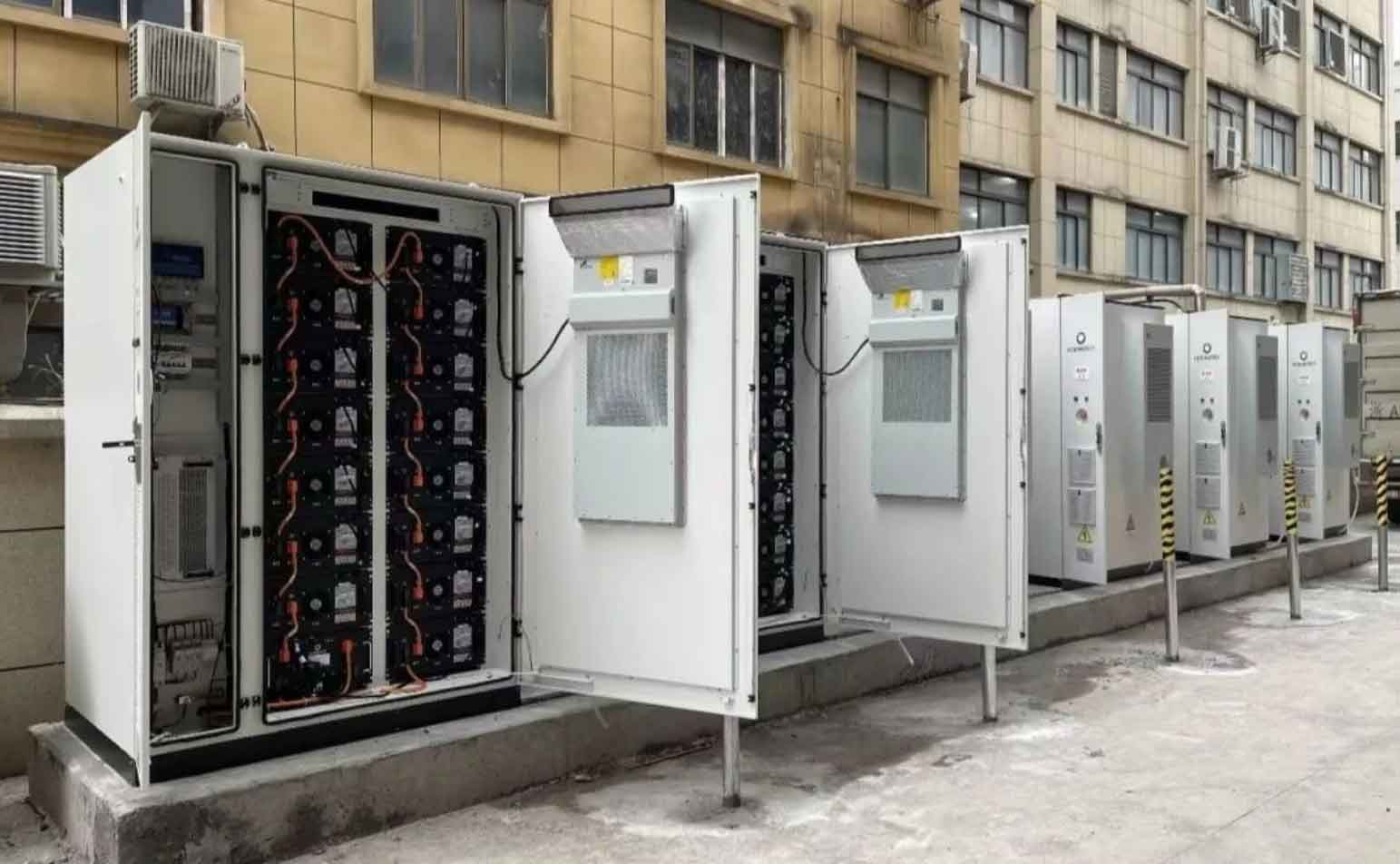The domestic industrial and commercial energy storage market is in a golden period of vigorous development, and the market size continues to expand. During this process, the safety and economy of energy storage project construction have always been the focus of attention in the industry and society. In order to ensure the successful implementation of energy storage projects, it is particularly important to have a deep understanding of energy storage systems and their design and construction processes. We are now sorting out and answering common problems in the design and construction of industrial and commercial energy storage power stations, providing reference and inspiration for everyone.

What are the site requirements for selecting industrial and commercial energy storage power stations?
1) The venue is located outdoors, preferably away from office spaces and dense crowds, and there is no hazardous chemical warehouse within 10 meters;
2) Choose a location that is closer to the access point distribution room (preferably within 30 meters) and convenient for cable layout;
3) Consider a hardened site that is convenient for transportation, lifting, and load-bearing. The actual project needs to reserve safety protection channels and isolation channels according to the requirements of the local fire department;
4) The user’s internal site or adjacent location should be adjacent to the enterprise wall, and there should be no public roads, other buildings, etc. between them.
What information does the owner need to provide for the installation of commercial and industrial energy storage power stations?
Before installing industrial and commercial energy storage power stations, the owner needs to provide information including the corresponding project’s enterprise property rights, electricity load, electricity consumption situation, and electricity equipment. Technicians need to calculate the capacity of energy storage construction based on enterprise electricity load data, average/maximum load power, transformer capacity, and load data.
In addition, the owner is required to provide information such as the primary power system diagram, factory floor plan, distribution room layout, cable layout, etc., to determine the construction location of the energy storage power station and the location of the connected transformer.
What approval procedures are required for the construction of industrial and commercial energy storage power stations?
The installation of industrial and commercial energy storage power stations requires project registration on the local development and reform bureau website, and application for power access approval from the local power company. In addition, according to specific regulations in different regions, other processes such as fire design review, environmental impact assessment report, case assessment report, etc. may also be required. Therefore, before the project starts, it is necessary to have a deep understanding of the local industrial and commercial energy storage project acceptance and review standards, and to do a good job in the preliminary budget and preparation work of the project. The above procedures are the responsibility of the integrator, and the owner only needs to cooperate in providing the required materials.
What is the construction process for industrial and commercial energy storage power stations? How long does the construction period take?
The construction process of industrial and commercial energy storage power stations includes capital collection survey, scheme design, project filing, drawing design, access approval, construction construction, equipment debugging, and grid connection acceptance. The overall project construction cycle is determined by the time required for different project processes. The construction period of Hongzheng Industrial and Commercial Energy Storage Project is generally about 15-1 month for low-voltage connection and 2.5-3 months for high-voltage connection; When connected to the grid, a certain period of power outage is required according to safety requirements, which can be carried out in different areas for the installation of grid connected cabinets. The power outage time is about 4 hours, and the specific time depends on the situation.
Will energy storage power stations increase the owner’s basic electricity bill?
There are two basic electricity bills for electricity companies: capacity based billing and demand based billing. In the case of capacity billing, the basic electricity bill is fixed, and as long as the installation of energy storage systems does not exceed the capacity of enterprise transformers, the basic electricity bill will not be affected in any way. In the case of demand billing, it is possible that the discharge of the energy storage system can bear a portion of the load, reducing the maximum demand and thus lowering the basic electricity bill.
During the load increase period of energy storage charging, when designing energy storage capacity, the total demand will be controlled within the maximum demand as much as possible. If there is an increase in demand, the overall output of energy storage can be controlled through the energy management system. Taking the Hongzheng Industrial and Commercial Energy Storage System as an example, the EMS energy management system will collect real-time PCS power, load power, transformer capacity, and gate meter power data, combined with the electricity price, maximum demand, and previous electricity load situation of the electricity consumption enterprise, to effectively control the basic electricity cost.
Who will be responsible for the operation and maintenance of the energy storage power station after its completion?
After the acceptance of the energy storage power station, it forms fixed assets, and its ownership and disposal rights are enjoyed by the investor/construction party. Investors can choose to maintain it themselves, or they can choose to have electricity companies handle the operation and maintenance on their behalf or other third-party operation teams. In principle, there is no need for the electricity user to participate in the entire operation process, unless otherwise specified in the contract or required by safety management.
Conclusion
With the continuous expansion and technological progress of the industrial and commercial energy storage market, project construction plans are also constantly being updated and improved. We need to comprehensively consider various factors and choose solutions with high efficiency and stability to ensure the safety and reliability of energy storage systems.
